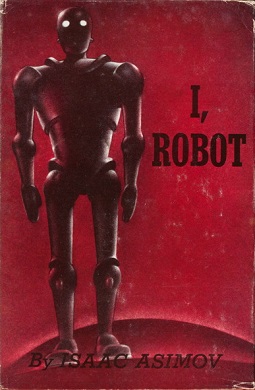In some articles it is claimed that Internet turns 25 years old this week, which of course is not true. But the World Wide Web is. It was on March 12, 1989 that Tim Berners-Lee wrote a proposal for a hypertext system that would become what we call “the web”. In 1991 the first webpage was created and published at CERN.
Since then the web has exploded. I first got in touch with web pages and HTML in 1994, and in 1995 I had my own little server running on my work computer. I don’t think I could imagine what the web and other internet technologies would lead to back then.
Back then pages were static, and Javascript was not invented until later (in the end of 1995). Everything was done server-side, so the pages needed to be reloaded to display new or updated information.
Today we have dynamically loading pages, with client side scripts that perform Ajax calls and update elements on the page without reloading the page. Sure, specialized software like Lotus Notes had similar functionality way back, but required special clients and servers. Now we also have Javascript libraries like jQuery to help in development. It’s like night and day compared with how it was back in the mid-1990’s.
But it is not only the technology that has changed. What the web (as well as the rest of the Internet) is used for has also changed. From being more of an encyclopedia, where you were looking up information, today the web is used for commerce in a way I don’t think many expected back in the mid-90’s.
Today you can use a computer or smart phone anywhere in the world, and buy anything from toilet paper to a new car. We have auction sites like Ebay, big commercial juggernauts like Amazon as well as classified sites like Craigslist. Almost any retailer offers online purchases today.
Here is just a sample of what I bought online in the last week or so: Swedish Björn Borg underwear, a Kensington Proximo tag to use with an iPad at a trade show and a charger and two spare batteries for my GoPro camera. Just a few years ago, I had to wait for my sister to come visit or me going over to Sweden to be able to buy those particular underwear, for example.
The other day I was at JC Penney to buy a couple of Levi’s jeans for my sister’s boyfriend. In Sweden, a pair of $40 jeans can cost over $150… I had the model and the size, but since they had several different shades of blue, I simply took a couple of pictures of the different ones and mailed then to my sister on the other side of the globe. Within a few minutes I had a response and knew which ones to get. I know this was technically not using World Wide Web being used, but this is still a huge development from 25 years ago, when Internet mail was just plain text.
 We truly are living in the future, and it is a future that no sci-fi writers envisioned. There are some 1980’s writers that envisioned a world-wide network, with discussion forums and email (e.g. Orson Scott Card in Ender’s Game from 1985). When I recently re-read Isaac Asimov’s I, Robot, as well as Robert A. Heinleins The Moon is a Harsh Mistress, I noticed how they for example still used land-lines for telephony, and that most of the computer technology felt very antiquated. Nothing of what we take for granted today was mentioned, like email, instant messaging, Google search engines or Wikipedia-style reference sites with all it’s collected knowledge.
We truly are living in the future, and it is a future that no sci-fi writers envisioned. There are some 1980’s writers that envisioned a world-wide network, with discussion forums and email (e.g. Orson Scott Card in Ender’s Game from 1985). When I recently re-read Isaac Asimov’s I, Robot, as well as Robert A. Heinleins The Moon is a Harsh Mistress, I noticed how they for example still used land-lines for telephony, and that most of the computer technology felt very antiquated. Nothing of what we take for granted today was mentioned, like email, instant messaging, Google search engines or Wikipedia-style reference sites with all it’s collected knowledge.
Some things from the sci-fi stories have come true, like communicating with a computer using your voice. Today that computer is (in most cases) our smart phones, having more computing power than even the most powerful computer back in the 90’s…
What will the next 25 years give us? Who knows. Faster, smaller and more powerful computers and higher connection speeds are obvious. The 5G wireless networks are already in the development stage. But what will the next big leap be? Artificial intelligence? I guess we will see. What do you think will be the next big step in technology?
